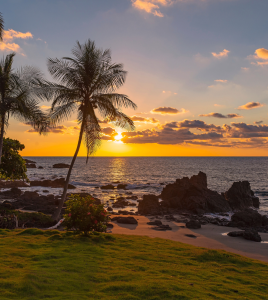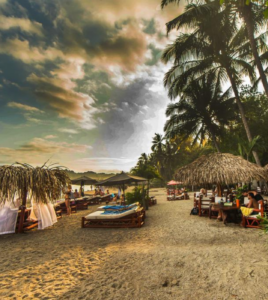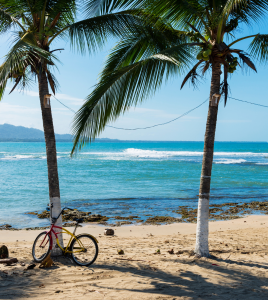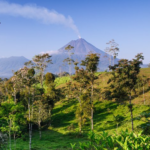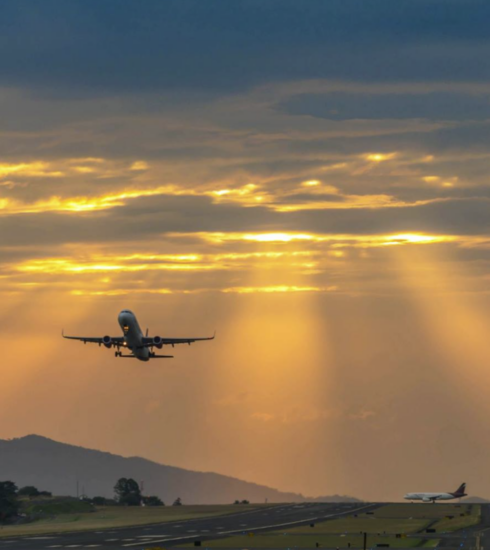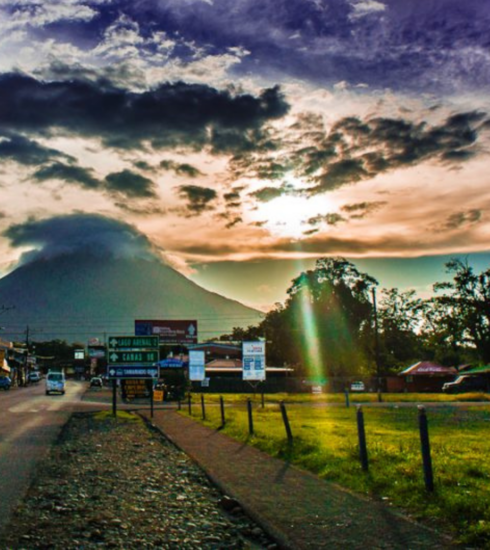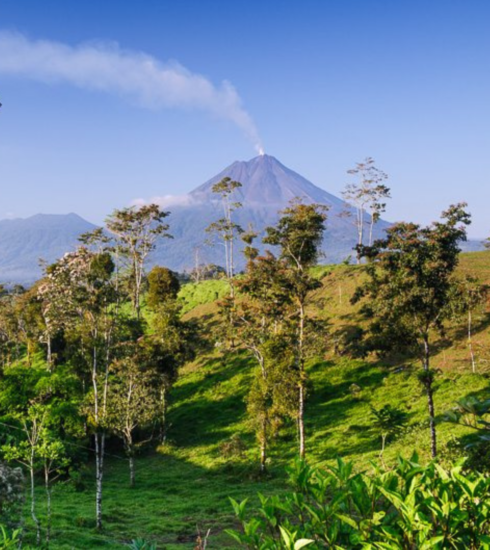The Costa Rica Tico

Pura Vida Mae
Costa Rica’s population hovers somewhere over 4 million inhabitants. Exact numbers are unclear, particularly due to the steady stream of illegal immigrants from neighboring Nicaragua. Family size is steadily declining, with parents having children later in life and having fewer children than their parents, who had fewer children than their parents also.

- International opinion ranks Costa Rica among the countries with the very highest literacy rates, which is estimated to be in the 90th percentiles
- Education up to the sixth grade is obligatory and although currently frought with inadecuacies and funding problems, extends into all corners of the country.
Always ready to lend a hand to visitors from other countries and treat them well. In Costa Rica you can expect to be made welcome wherever you go.
International Airports are SJO and LIB
Costa Ricans hold a prideful sense of democratic tradition and an ethic of peace. In a region plagued by civil war, political unrest, human rights abuses, and generations of dictatorships, Costa Rica stands as an exception to the regional norm – a fact the Costa Rican people are highly aware of as individuals and a standard they staunchly uphold.
Learn MoreAlthough the government has indeed been plagued with internal problems over the decades, Costa Rica has maintained a commitment to broad social welfare. Coupled with strong support of public education and public health, the nation has created a tradition of a populace well accustomed to solving problems without resorting to armed conflict.
Ethnically, Costa Rica is one of the most homogeneous populations in Latin America, with close to one hundred percent of the people identifying with at least partial European descent and caucaisian background, and many Costa Ricans are considerably fair skinned. Afro-Caribbean Costa Ricans represent around two percent of the population, and unlike most regions of the Americas, did not arrive as slaves but as migrant labor in the late 19th century to help construct the railroad from San Jose to Limon Province. Indigenous Costa Ricans, having been ruined from smallpox and abuses during Spanish colonization, remain only in small numbers, less than fifty thousand, or around one percent of the total population.
International opinion ranks Costa Rica among the countries with the very highest literacy rates, which is estimated to be in the 90th percentiles.Education up to the sixth grade is obligatory and although currently frought with inadecuacies and funding problems, extends into all corners of the country.
The personalities of Costa Ricans are known far and wide to be open, smiling, kind and curious, a well deserved reputation. Although the Costa Rican “identity” or “culture” is noted for being very lacking in regards to notable food, dress, or other typical cultural particulars, Costa Rica is working its way into a distinct and notable class of its own,a world view that is modern, progressive, identifying with larger social and world issues such as ecology, preservation, social democracy and human rights.
Like all Latin American countries, Costa Rica is mainly Catholic, around eighty percent Catholic, with a total of ninety-two percent of the nation following Christianity. Although most Costa Ricans are Catholic, fewer than twenty percent of the Catholic population attends mass with any regularity.



